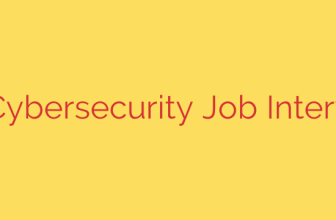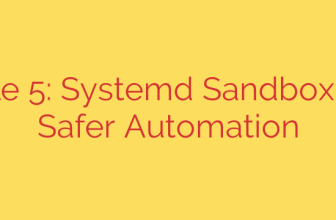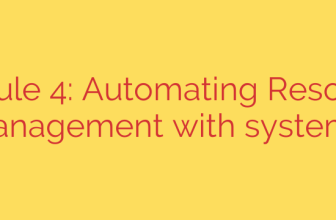
New CABINETRAT Malware Deployed by UAC-0245 in Targeted Cyberattacks on Ukraine
A sophisticated cyber offensive is actively targeting Ukrainian organizations, deploying a new and potent form of malware known as CABINETRAT. Cybersecurity authorities have identified the threat actor behind this campaign as UAC-0245, a group known for its persistent and targeted attacks within the region. This campaign represents a significant escalation in the ongoing digital conflict, utilizing advanced tools to achieve its objectives of espionage and data theft.
The attacks demonstrate a clear and focused strategy, aimed at infiltrating sensitive networks to establish long-term access and exfiltrate valuable information. Understanding the mechanics of this threat is the first step toward building a resilient defense.
The Attack Vector: How the Infection Begins
Like many modern cyberattacks, this campaign relies heavily on social engineering to gain an initial foothold. The primary method of delivery is through targeted phishing emails. These messages are carefully crafted to appear legitimate, often impersonating official communications or urgent requests to trick recipients into taking action.
The malicious emails typically contain a ZIP archive attachment. Inside this archive is a lure document, such as a seemingly harmless shortcut file (LNK). Once a user clicks on this file, it triggers a chain of commands that discreetly downloads and executes the primary malware payload, CABINETRAT, onto the victim’s system.
A Closer Look at CABINETRAT Malware
CABINETRAT is a previously unseen Remote Access Trojan (RAT) designed for stealth and comprehensive system control. Its primary function is to give attackers complete remote command over an infected computer, turning it into a tool for espionage.
Once active on a system, CABINETRAT possesses a range of dangerous capabilities, including:
- System Information Gathering: The malware immediately collects detailed information about the compromised device, including the operating system version, computer name, and user account name. This data is sent back to the attacker’s command-and-control (C2) server for reconnaissance.
- Remote Command Execution: Attackers can send arbitrary commands to be executed on the infected machine, allowing them to perform a wide variety of malicious actions.
- File System Manipulation: The malware allows threat actors to browse the entire file system, upload additional malicious tools, download sensitive files, and delete evidence of their activity.
- Establishing Persistence: CABINETRAT is designed to survive system reboots, ensuring that the attackers maintain long-term access to the compromised network.
The ultimate goal of this malware is to serve as a persistent backdoor, enabling the UAC-0245 group to conduct ongoing surveillance and steal critical data over an extended period.
Actionable Security Measures to Protect Your Organization
The tactics used by UAC-0245, while sophisticated, can be countered with robust cybersecurity practices and a vigilant workforce. Organizations, particularly those in high-risk sectors, should immediately implement the following defensive measures:
Enhance Email Security Protocols: Deploy advanced email filtering solutions that can detect and block malicious attachments, suspicious links, and phishing attempts before they reach an employee’s inbox.
Conduct Employee Security Training: Educate all staff on how to identify phishing attempts. Emphasize the danger of opening unsolicited attachments, especially ZIP files and LNK shortcuts. Teach them to verify the sender’s identity through a separate communication channel before acting on any unusual requests.
Maintain Strong Endpoint Protection: Ensure all workstations and servers are protected with a reputable and up-to-date antivirus or Endpoint Detection and Response (EDR) solution. These tools can often detect and quarantine malware like CABINETRAT before it can execute fully.
Implement the Principle of Least Privilege: Restrict user permissions so that employees only have access to the data and systems absolutely necessary for their jobs. This can limit the malware’s ability to move laterally across your network if a single account is compromised.
Keep Systems Patched and Updated: Regularly apply security patches to all operating systems, software, and applications. Threat actors often exploit known vulnerabilities to escalate privileges or bypass security controls.
By remaining vigilant and adopting a multi-layered security strategy, organizations can significantly reduce their risk of falling victim to this and other advanced cyber threats.
Source: https://securityaffairs.com/182862/cyber-warfare-2/cert-ua-warns-uac-0245-targets-ukraine-with-cabinetrat-backdoor.html








